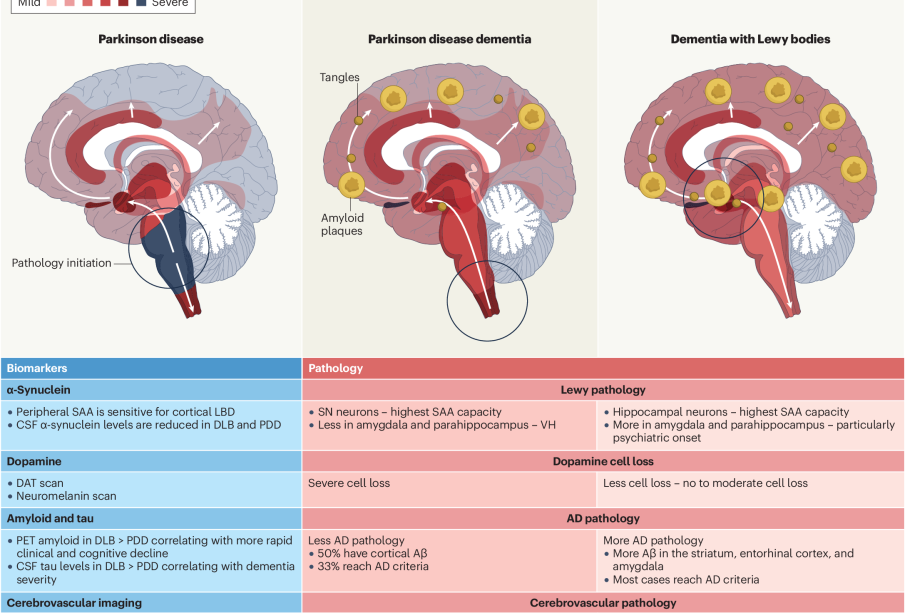Understanding Lewy Body Dementia: A Comprehensive Overview

Introduction to Lewy Body Dementia
Lewy Body Dementia (LBD) is a complex and often misunderstood neurological disorder that significantly impacts patients and their families. Characterized by the accumulation of abnormal protein deposits—known as Lewy bodies—in the brain, this form of dementia shares symptoms with both Alzheimer’s disease and Parkinson’s disease, making it challenging to diagnose. With growing awareness and research, understanding LBD has become crucial for early diagnosis and management, ultimately improving quality of life for those affected.
What are the Symptoms?
Symptoms of Lewy Body Dementia can vary widely between individuals but typically include cognitive fluctuations, visual hallucinations, and motor issues like stiffness and tremors. Patients may experience episodes of confusion and fluctuations in attention, leading to difficulties in day-to-day functioning. Notably, visual hallucinations are more common in LBD than other forms of dementia. These symptoms can lead to misunderstandings among caregivers and healthcare providers, emphasizing the need for heightened awareness and early diagnosis.
Diagnosis and Challenges
Diagnosing Lewy Body Dementia can be challenging due to its overlapping symptoms with other forms of dementia. Physicians rely on a combination of medical history, physical examinations, and neurological assessments. Currently, there is no definitive test for LBD; however, advanced brain imaging techniques such as PET scans can aid in the diagnosis. Recognizing the importance of accurate and early diagnosis is vital as it impacts the effectiveness of treatment options.
Treatment and Management
While there is no cure for Lewy Body Dementia, treatment typically focuses on managing symptoms to enhance the quality of life. This may include medication to alleviate cognitive symptoms and motor issues. Caregivers play a crucial role in providing support, and establishing a routine can significantly help in managing the unpredictable nature of the disease. Support groups and therapy services can offer emotional assistance to both patients and caregivers as they navigate the ups and downs of LBD.
Conclusion: Importance of Awareness and Research
As research on Lewy Body Dementia continues to evolve, raising awareness about the condition remains essential. Early diagnosis and tailored treatments can significantly enhance the quality of life for patients and their families. As the population ages, healthcare providers and society must be equipped to recognize and manage this complex form of dementia effectively. Understanding LBD is not just important for those diagnosed, but it is vital for all of us as we prepare to face the challenges of aging and neurodegenerative diseases.








